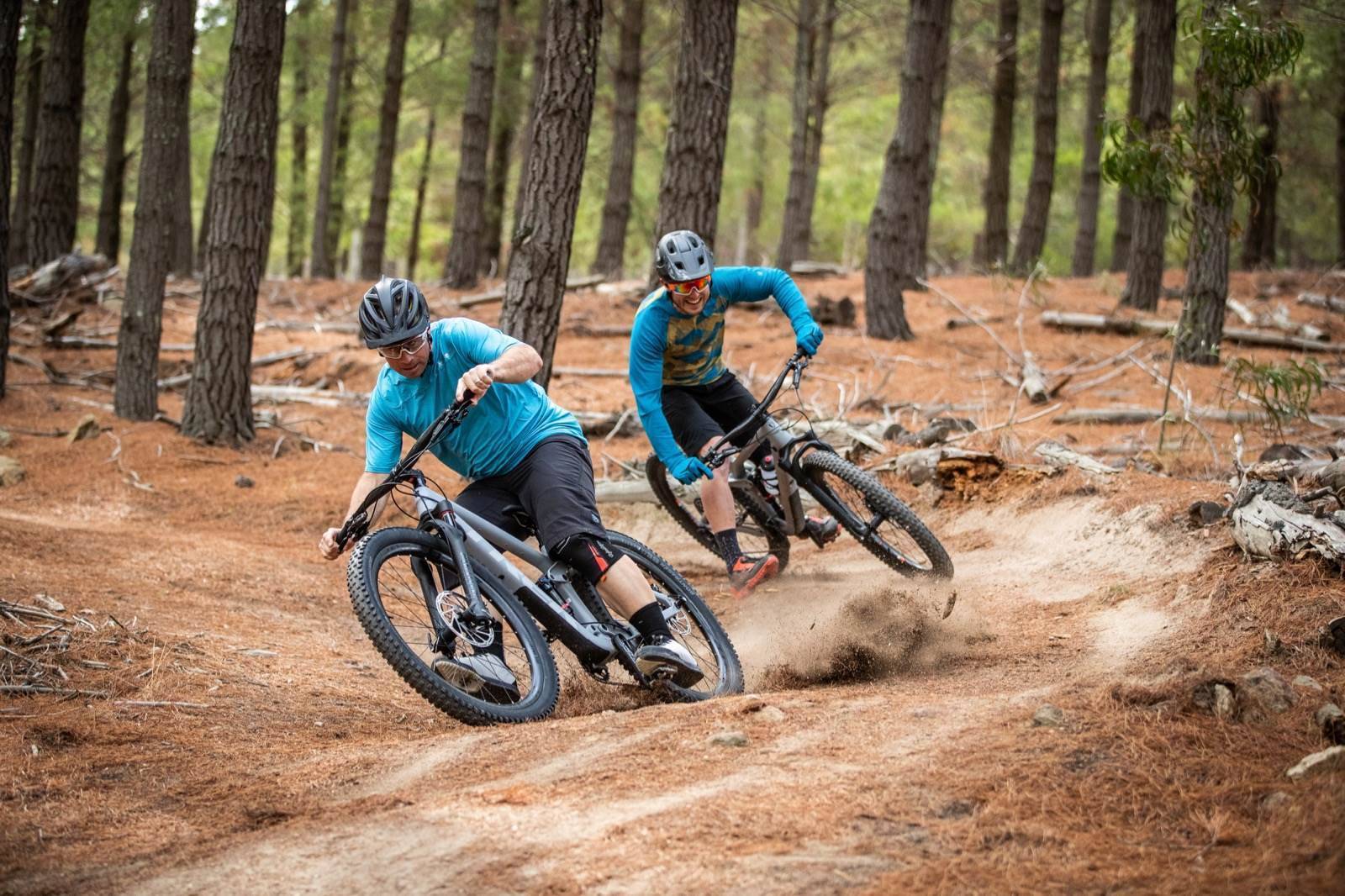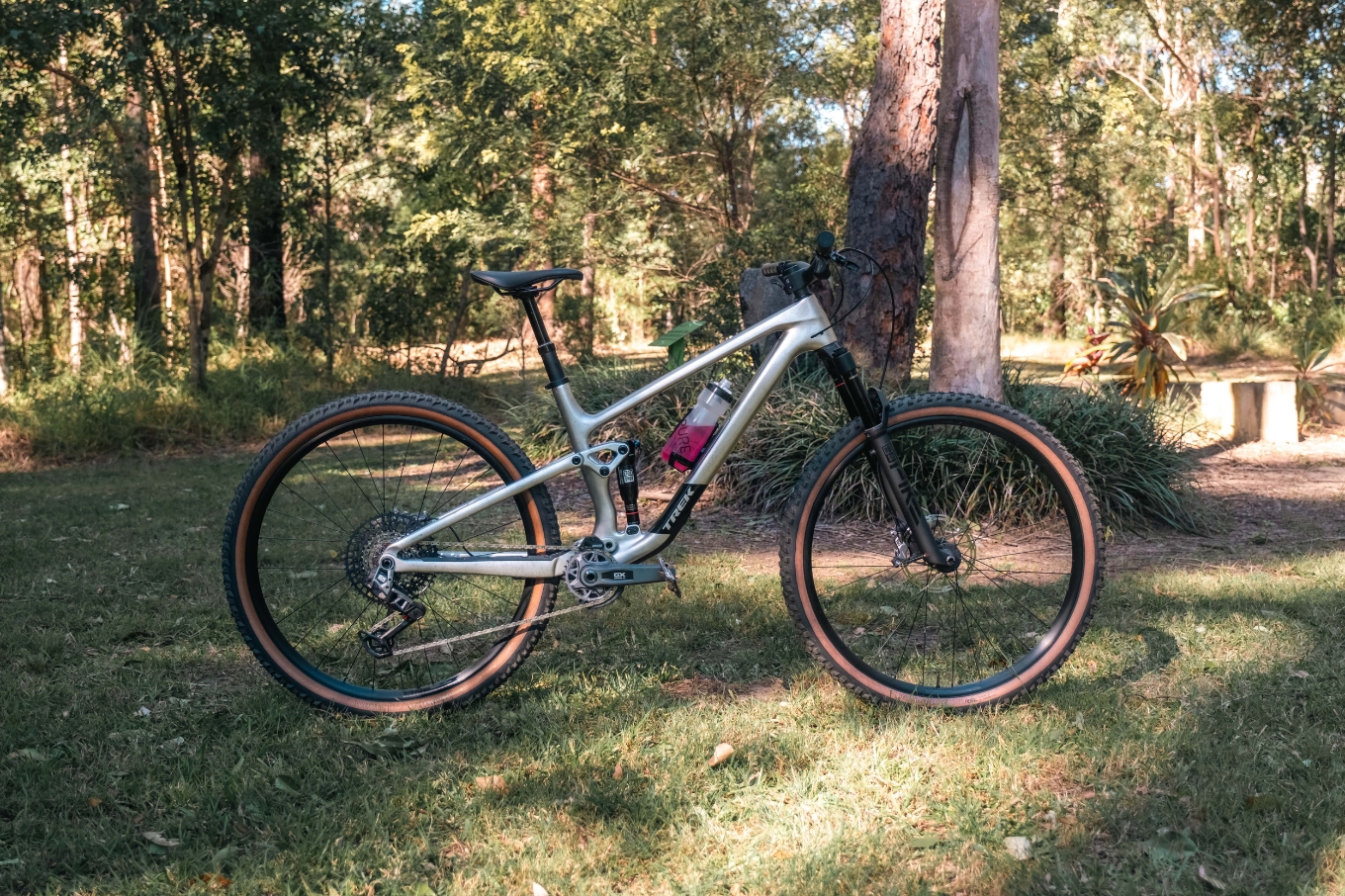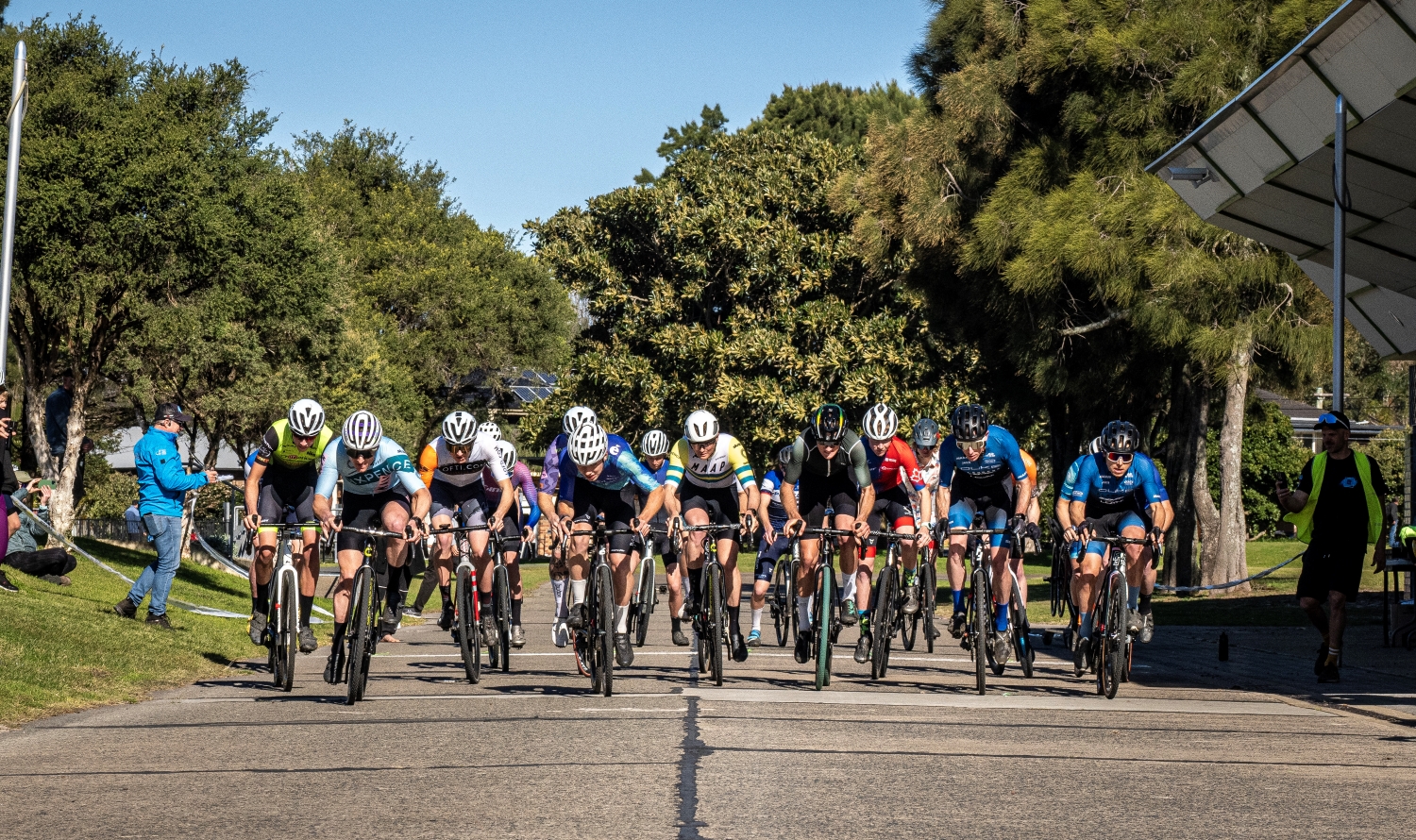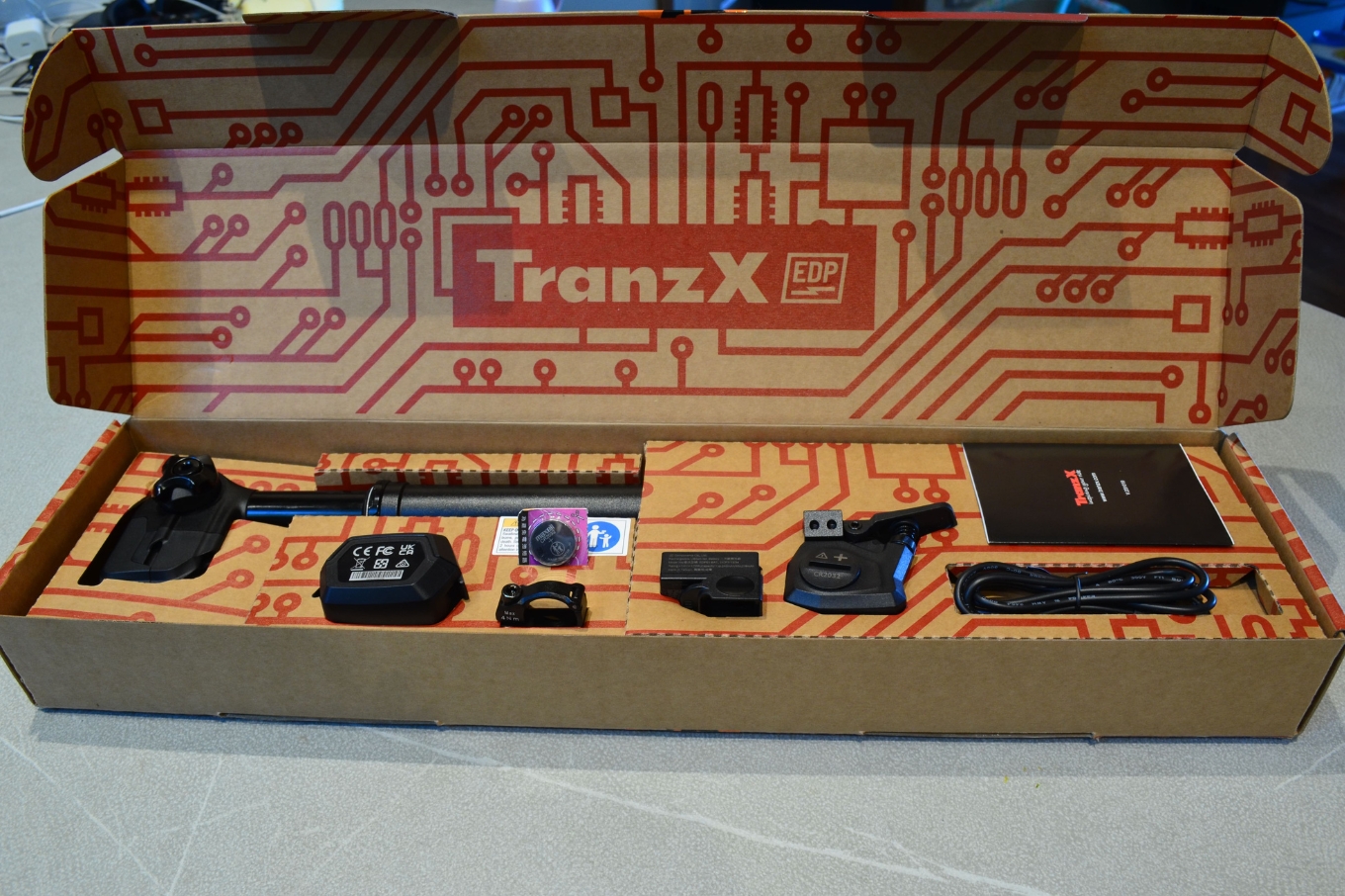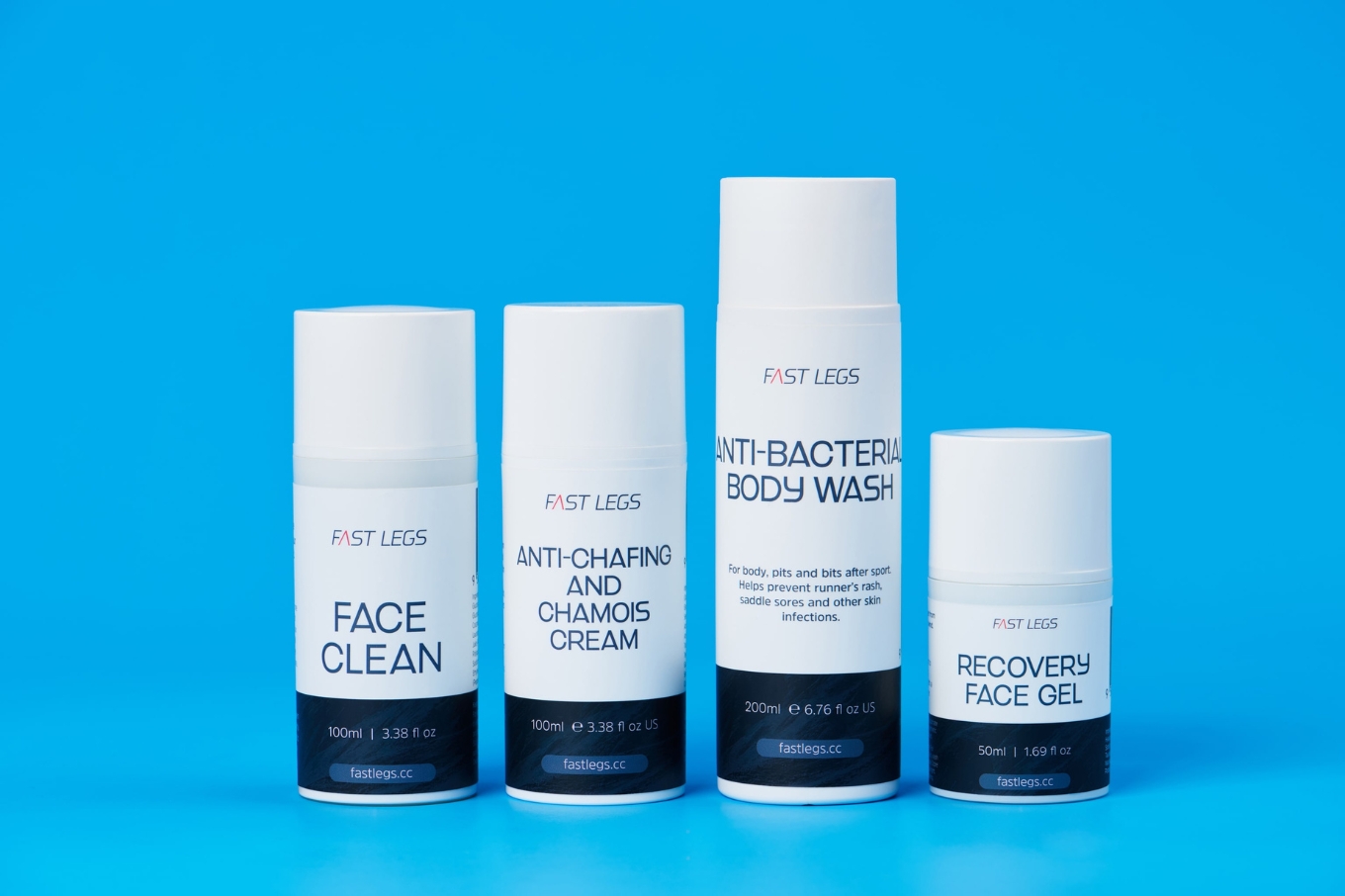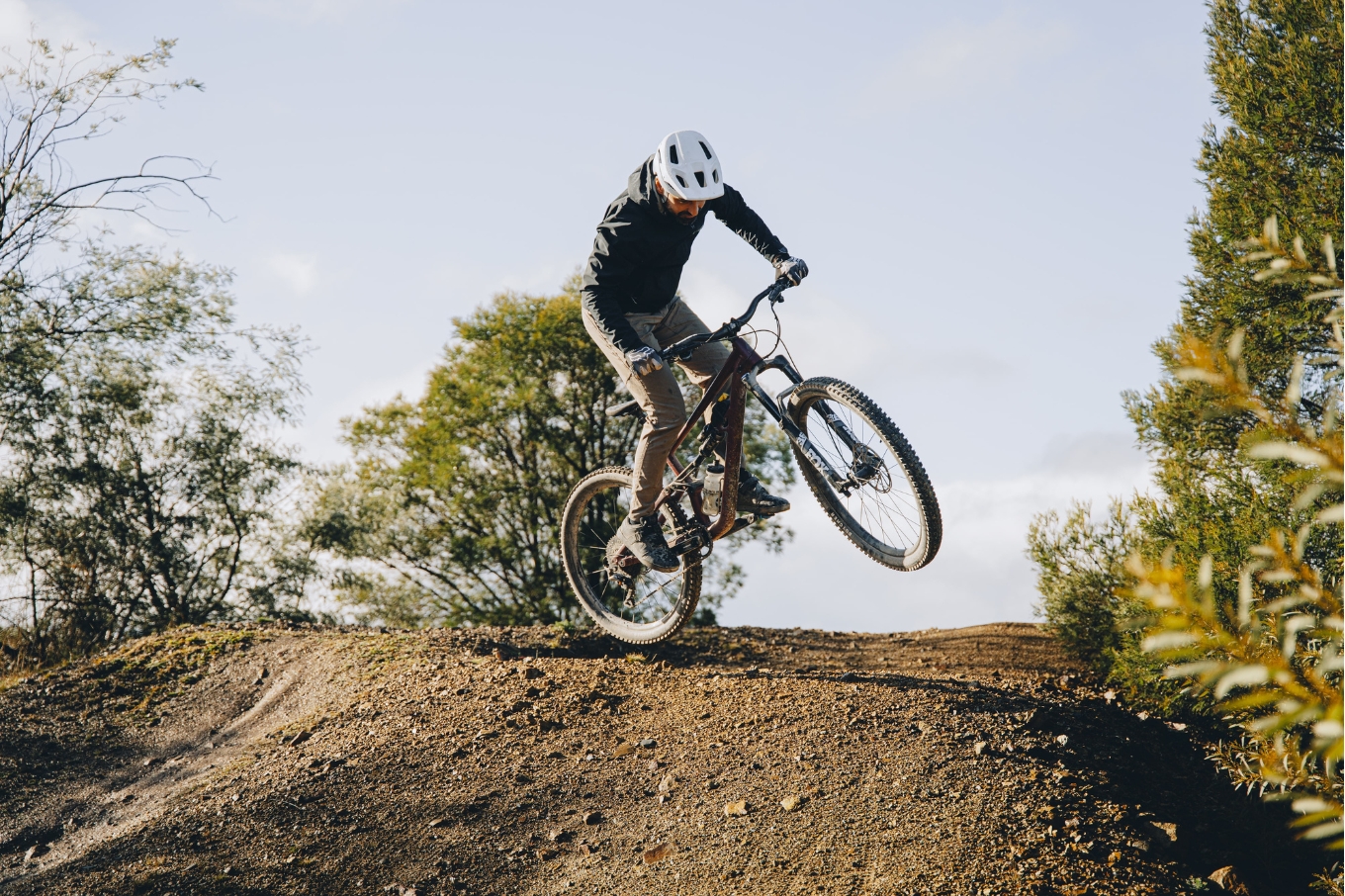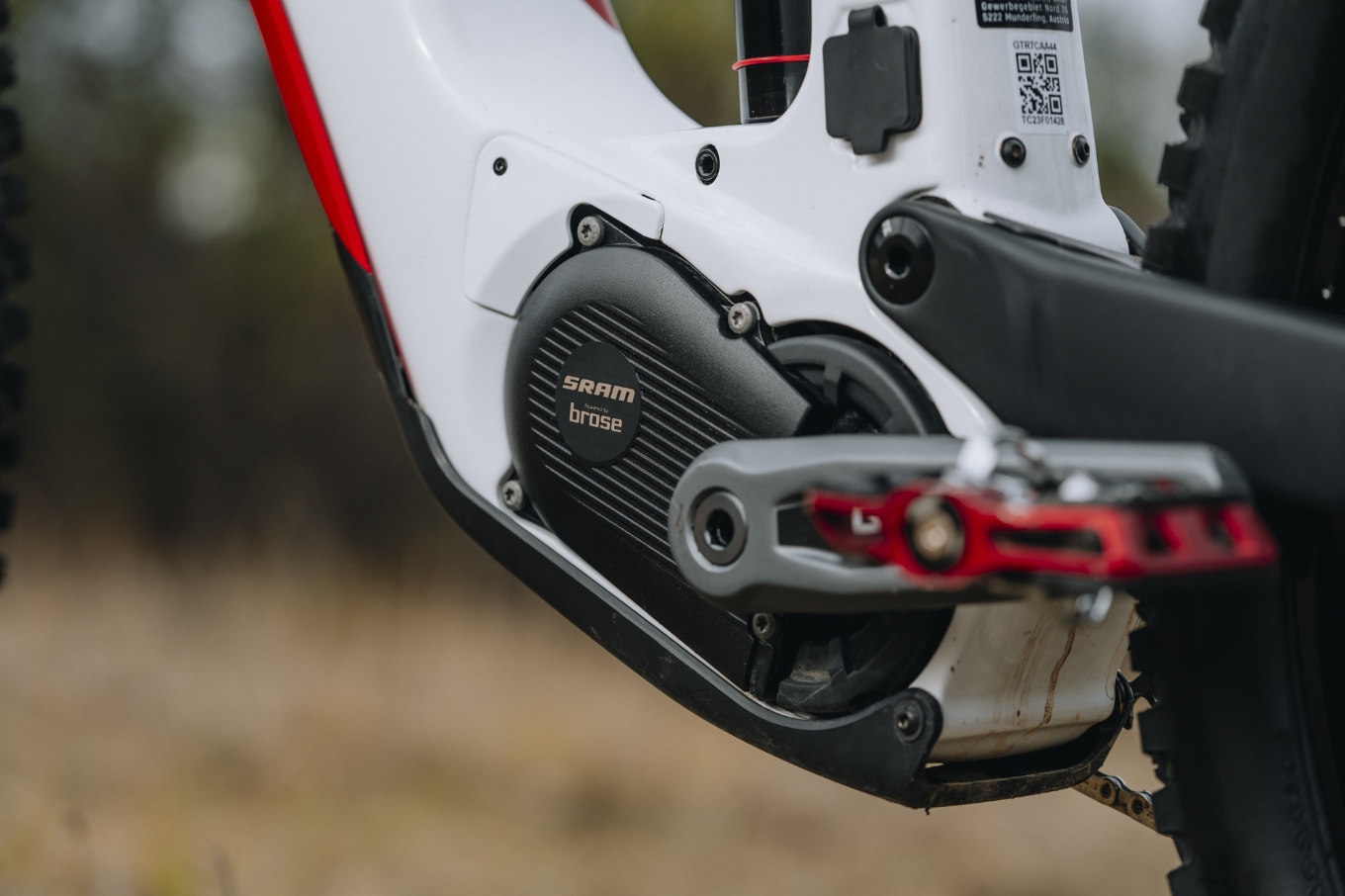TESTED: Trek Remedy 9.8
Check out this long-travel trail bike, the Trek Remedy 9.8.
Words: Ben Morrison Photographer: Tim Bardsley-Smith
Trek recently released some brilliant updates to one of their most popular and successful mountain bikes in their lineup. The Remedy has been the backbone of Trek’s trail and enduro range for many years presented in both 27.5” and 29” wheels sizes, until the Slash hit our trails a few years back. The Slash saw an end to Remedy’s dominance at Trek, splitting riders down the middle as Remedy became available as only a 27.5” wheel machine, with riders having to opt for the Slash – a much more aggressive race-focused bike – if they wanted to roll on 29” wheels. This is not to say that the smaller Remedy was not a race winner (it certainly was), it just lacked the fun and excitement it once offered in the 29” size. As time goes on, it feels like the Remedy was almost left behind and pushed aside into the shadows during the development of the ever popular big line crushing Slash.
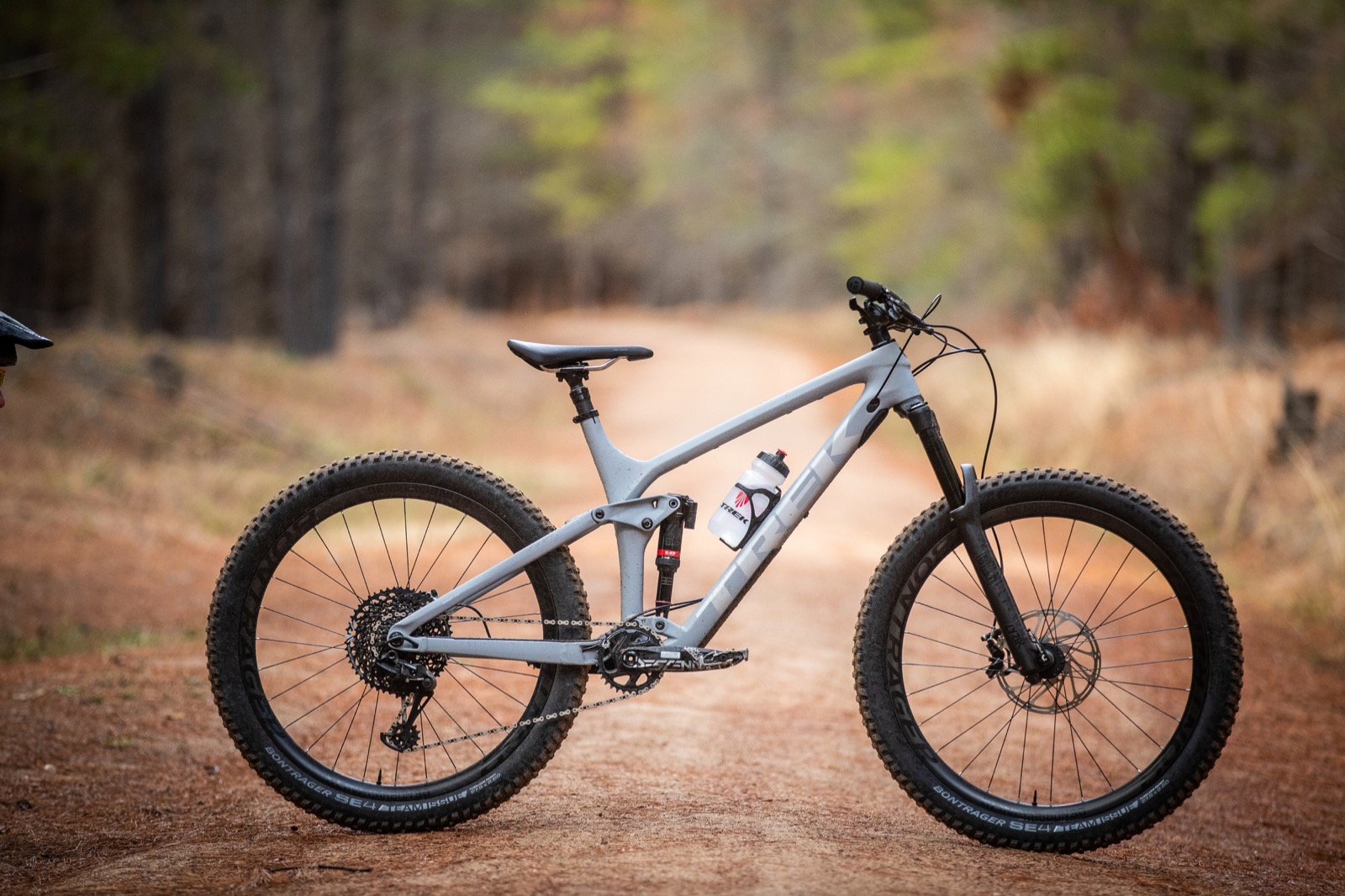
However, the spotlight has now shifted and the floodlight is on the Remedy with some changes that brings it in-line with the Slash and perhaps even a few steps ahead. Trek is still offering the Remedy only in 27.5” wheels and with its 150mm rear wheel travel and 160mm fork it could easily be called Slash 27.5”and the Slash now Remedy 29”. Are you confused yet?! The similarities to the Slash don’t stop, with the Remedy now losing the Full Floater (one of Trek’s longtime suspension systems), the rear shock's lower eye now mounts directly to the frame allowing a stiffer front triangle and better mid-stroke shock performance with modern tunable air shocks.
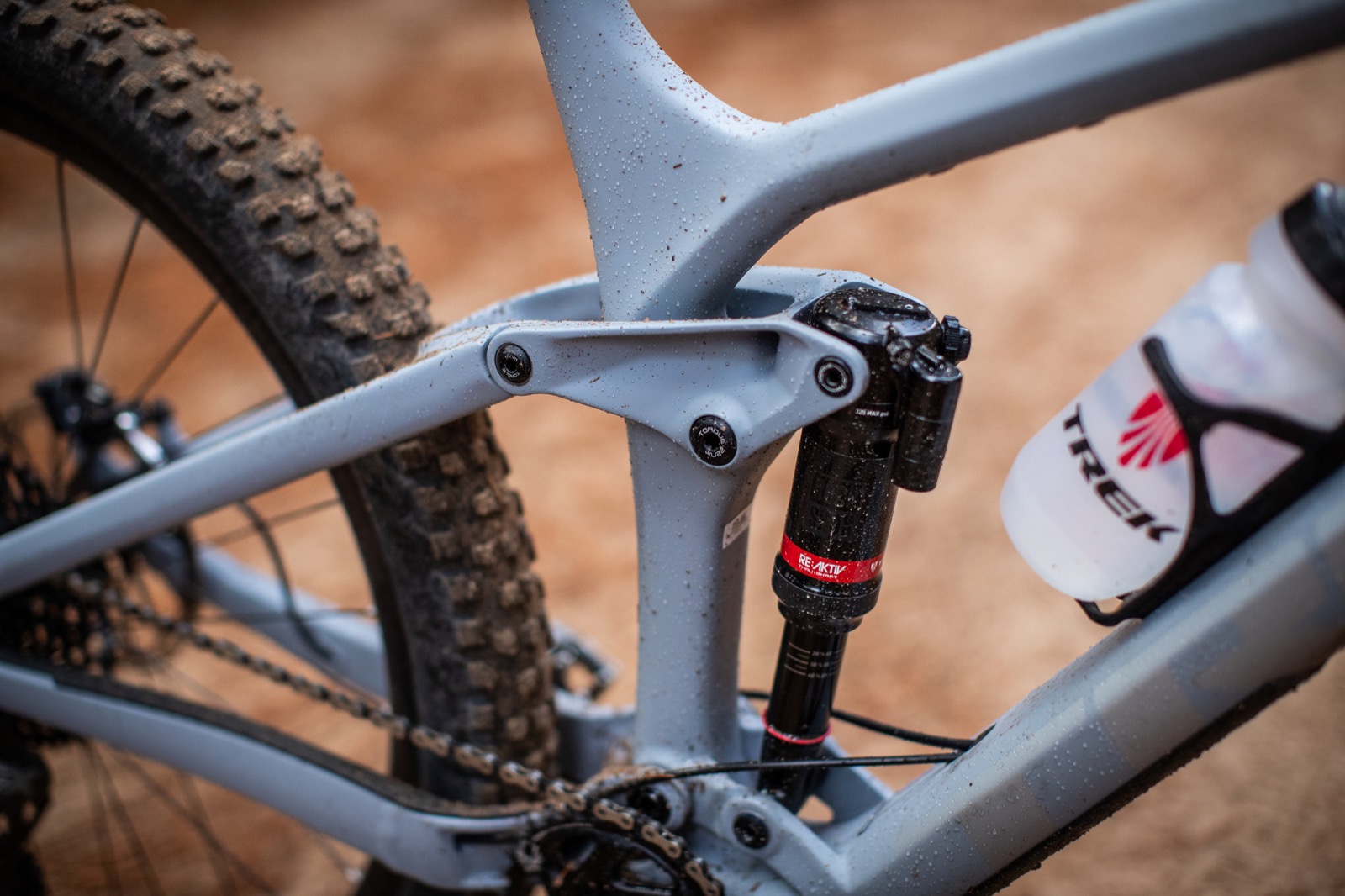
This change was also made on the Trek Session, their downhill bike, and changes like this make the Remedy’s rear suspension setup more like the Enduro World Series winning Slash (and World Cup Downhill winning Session). Changes such as these can only mean one thing: this new Remedy is not here to mess around! It’s simply going to pick up where it left off – before the Slash rolled along and took the spotlight.
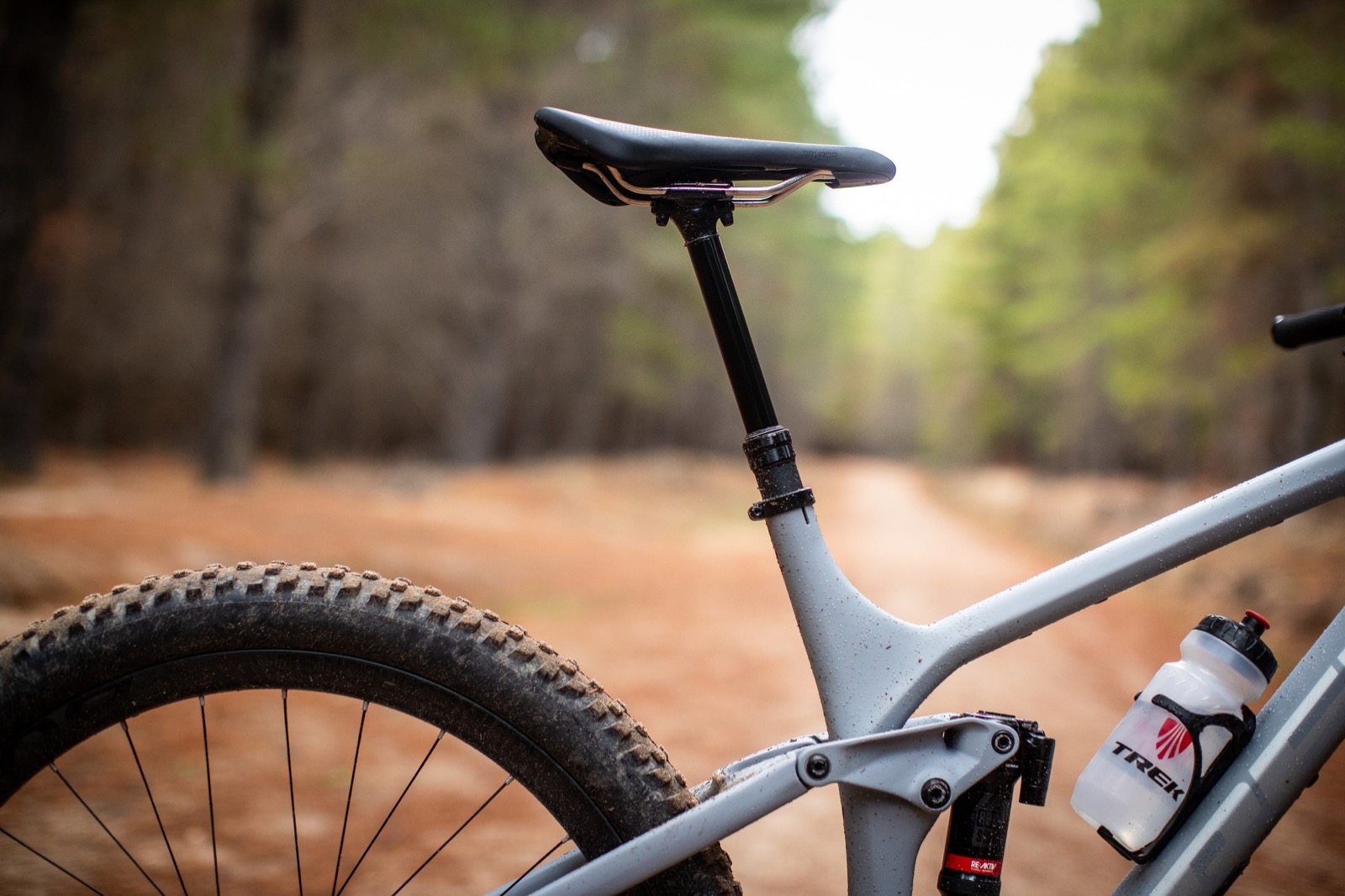
Another highlight that pushes the Remedy out from behind the shadow of the Slash is something so small that you could be forgiven for overlooking it. Trek adjusted the seat tube angle, shifting it forward and making it a much better climber than it was in the past (and leaving its 29” wheel brother for dead on the climbs). This change also afforded more room for a longer dropper post; a sign that Trek can see the Remedy getting into some very serious situations.
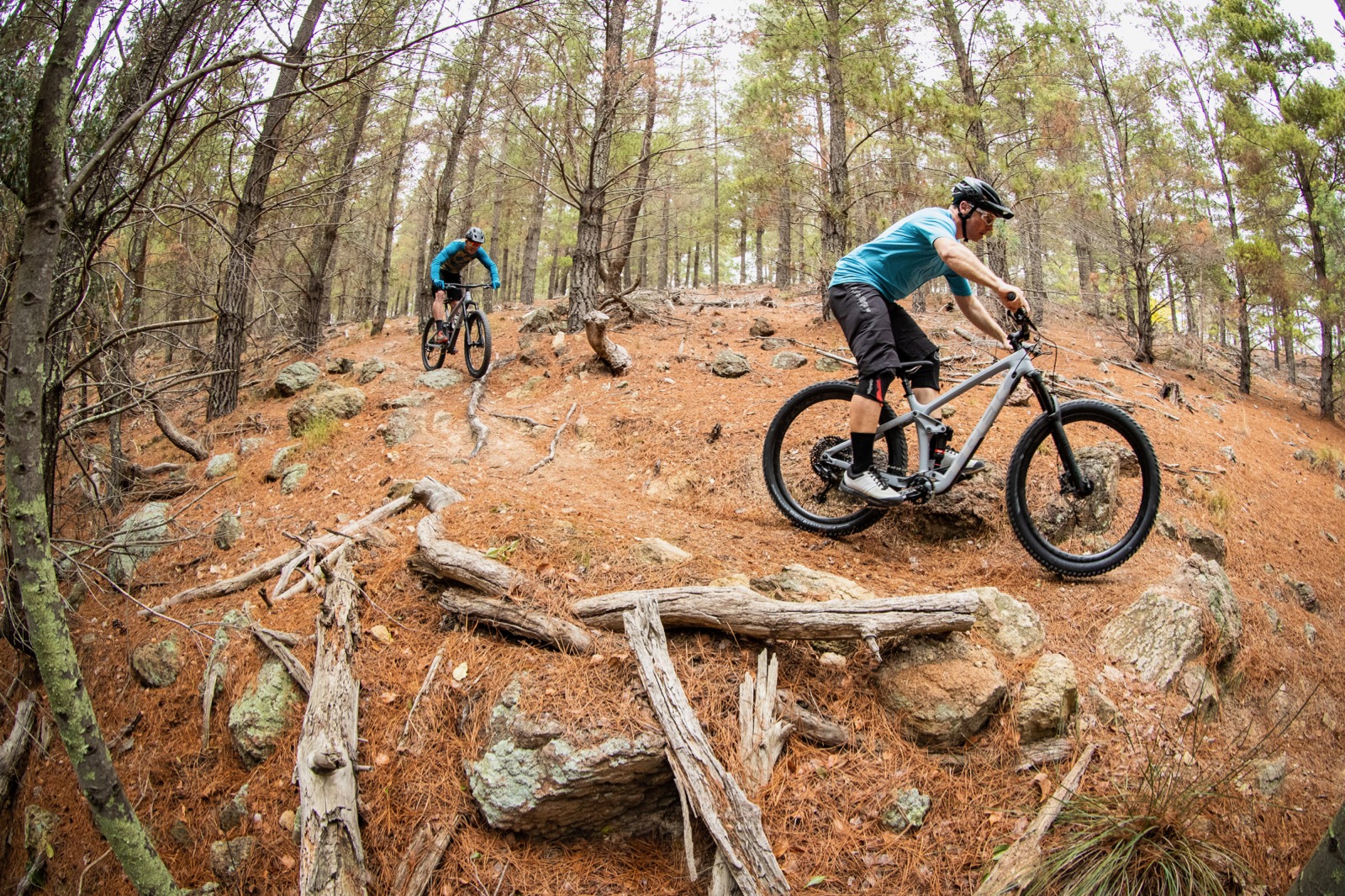
You will also seeing 100g shaved out of the frame helping with this climbing and really allowing you to shift the Remedy around the trails at low speed with ease. Sticking with modern trends there is a shorter back end and longer top tube while allowing space for the 2.6” wide tyres coming stock on the Remedy and allowing room to fit all the way up to a 2.8” wide tyre.
First Impressions
With a bike like the Remedy the spec is almost as important as the changes to the frame. Our model came with some rather special and well-performing suspension which included a RockShox Lyric – with its new DebonAir damper – that gives your fork a feeling that could easily be mistaken for a coil fork. Matched to this is a RockShox Deluxe rear shock that has been engineered alongside Trek to develop Thru Shaft technology which loses one of the larger seals in the shock (meaning less friction and giving it that same sort of smooth coil feel the front fork has).
As with most bikes in this category you will see the ever popular and proven SRAM Eagle group set. Trek went for the work horse in the Eagle range, GX, and with a $6,499 price tag we perhaps would have liked to see XO, which would have given you a carbon crank, lighter cassette and a bit more adjustment on the shifter.
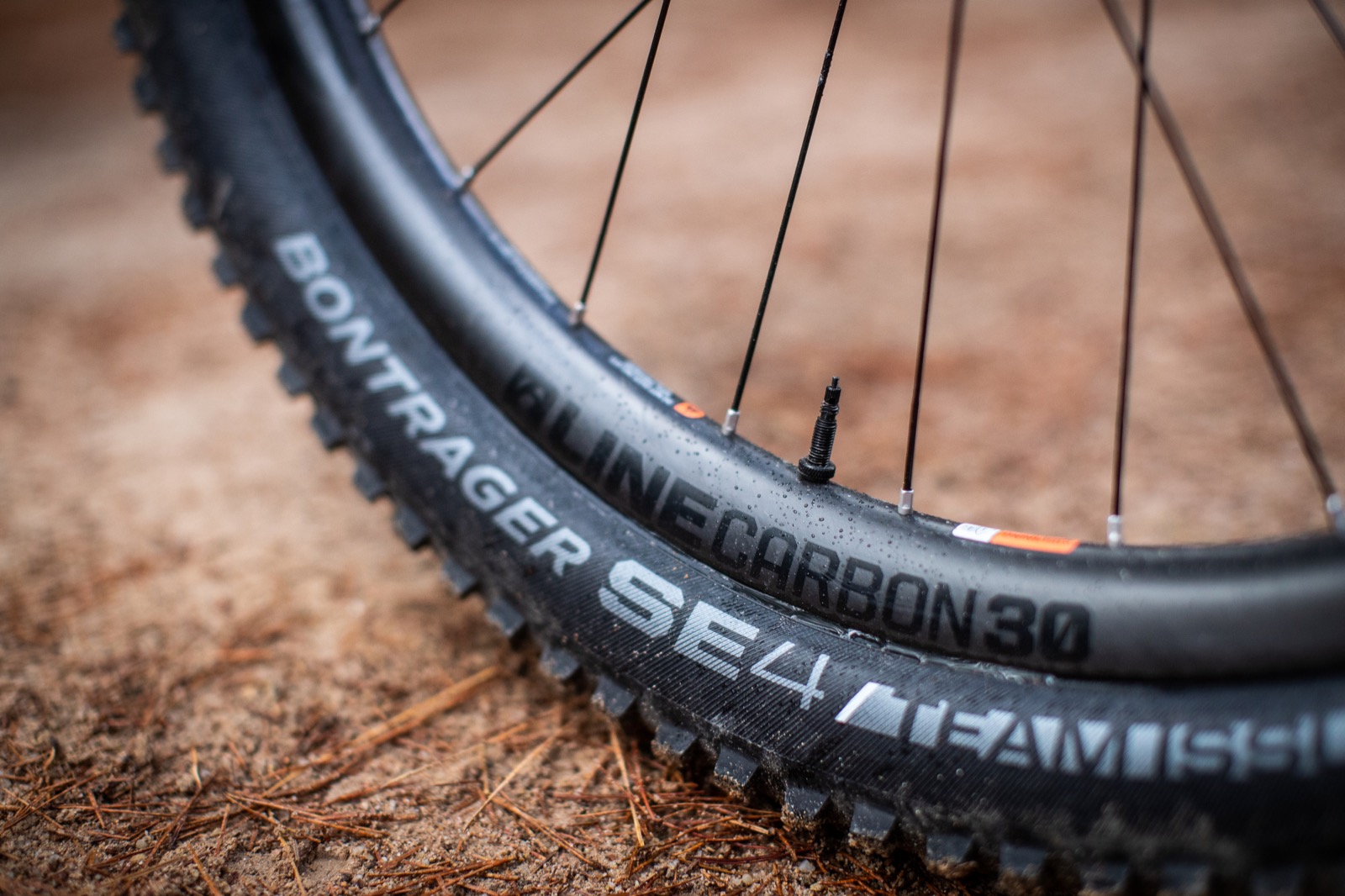
However, keeping our focus on the Remedy’s spec for a moment longer and referring back to the price tag, there is a very good reason there is no SRAM XO Eagle on this model of the Remedy; that’s because it comes with CARBON WHEEEEEEELS!! Trek’s Bontrager brand has a great history of super high quality carbon wheels and the Carbon Line 30 is no exception. They are stiff when they need to be and not so stiff that you ping off everything.
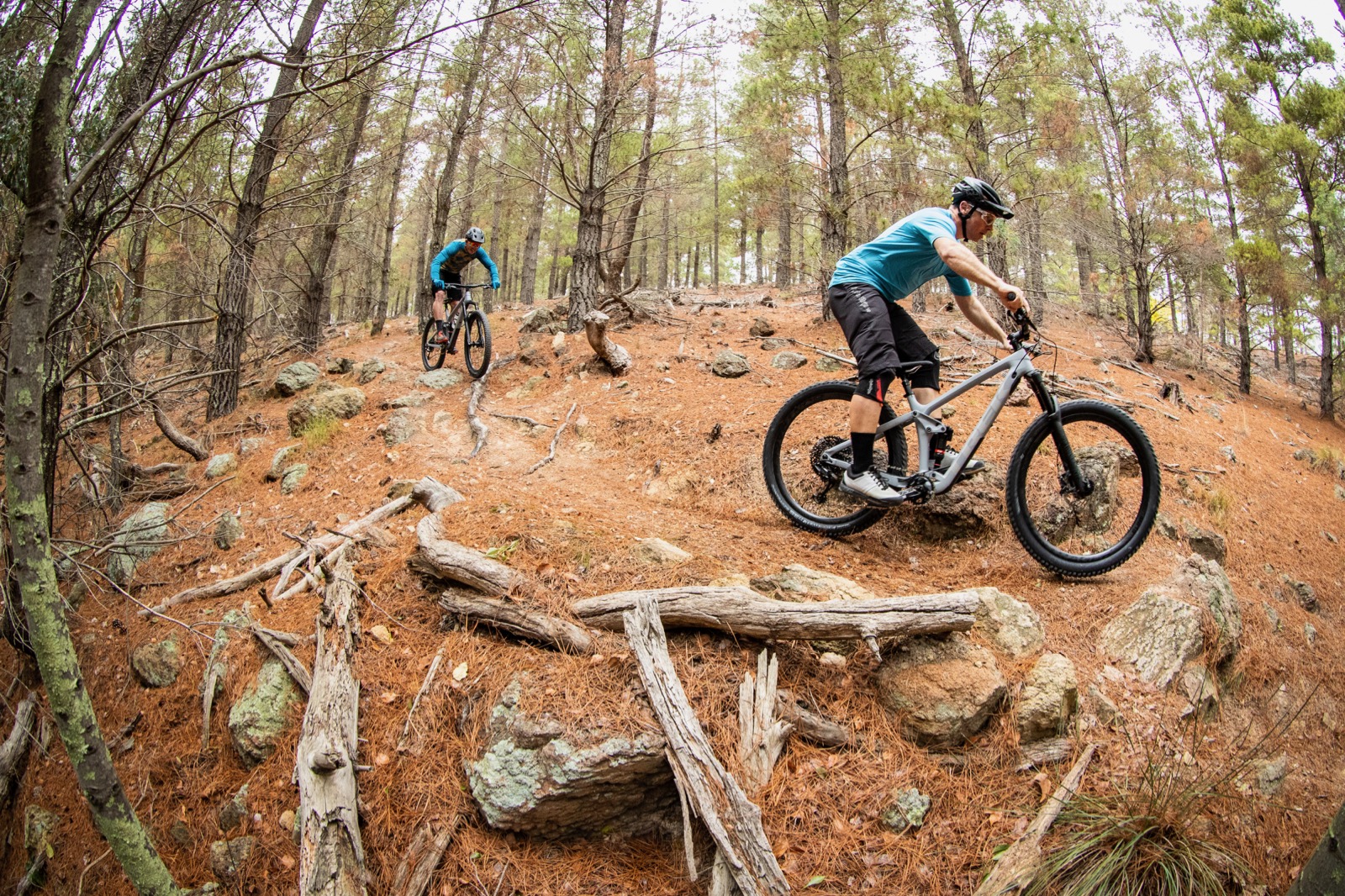
The Carbon Line 30 wheels also carry lots of speed and come with that loud high-end wheel buzz that gets people’s attention – just like when a big-ass European sports car takes off from the traffic lights at speed. I have always been a big fan of Bontrager’s tyres and the SE4 that comes on the Remedy lived up to expectations of other tyres used in the Bontrager range. Having recently been on Trek’s Full Stache with its super large 2.8” wide tryes, the 2.6” Bontrager’s fitted to the Remedy didn’t look out of place.
On the trail
Of course I could go on all day about how well the changes made to the Remedy helped it climb but we all know that the fun is on the way down. The Remedy is about as understated as the flat grey colour of our test bike. With the changes to its rear suspension along with its new model fork and shock, the comfort and confidence delivered means your ability to attack a trail is outstanding.
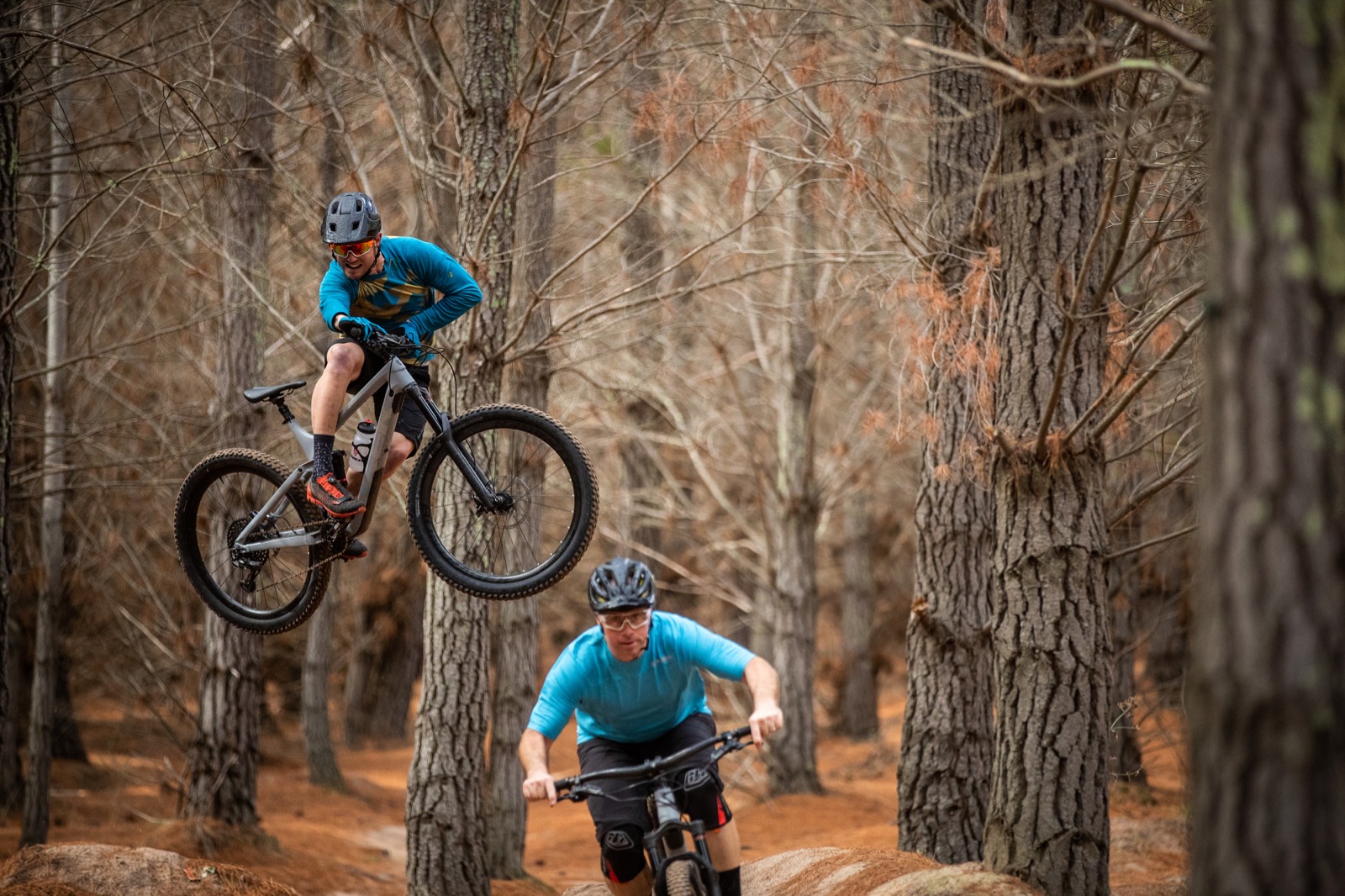
You are able to push the Remedy hard, very hard in fact, and it is because of this that we feel that Trek missed a really big point when they were looking at the spec for this bike. The brakes! Bikes like the Remedy are so capable at speeds that you feel like hitting the trails in a similar way to that which you would with a downhill bike. It’s because of this that Trek should have installed SRAM Code brakes instead of the SRAM Guide brakes – or at the very least, larger rotors.
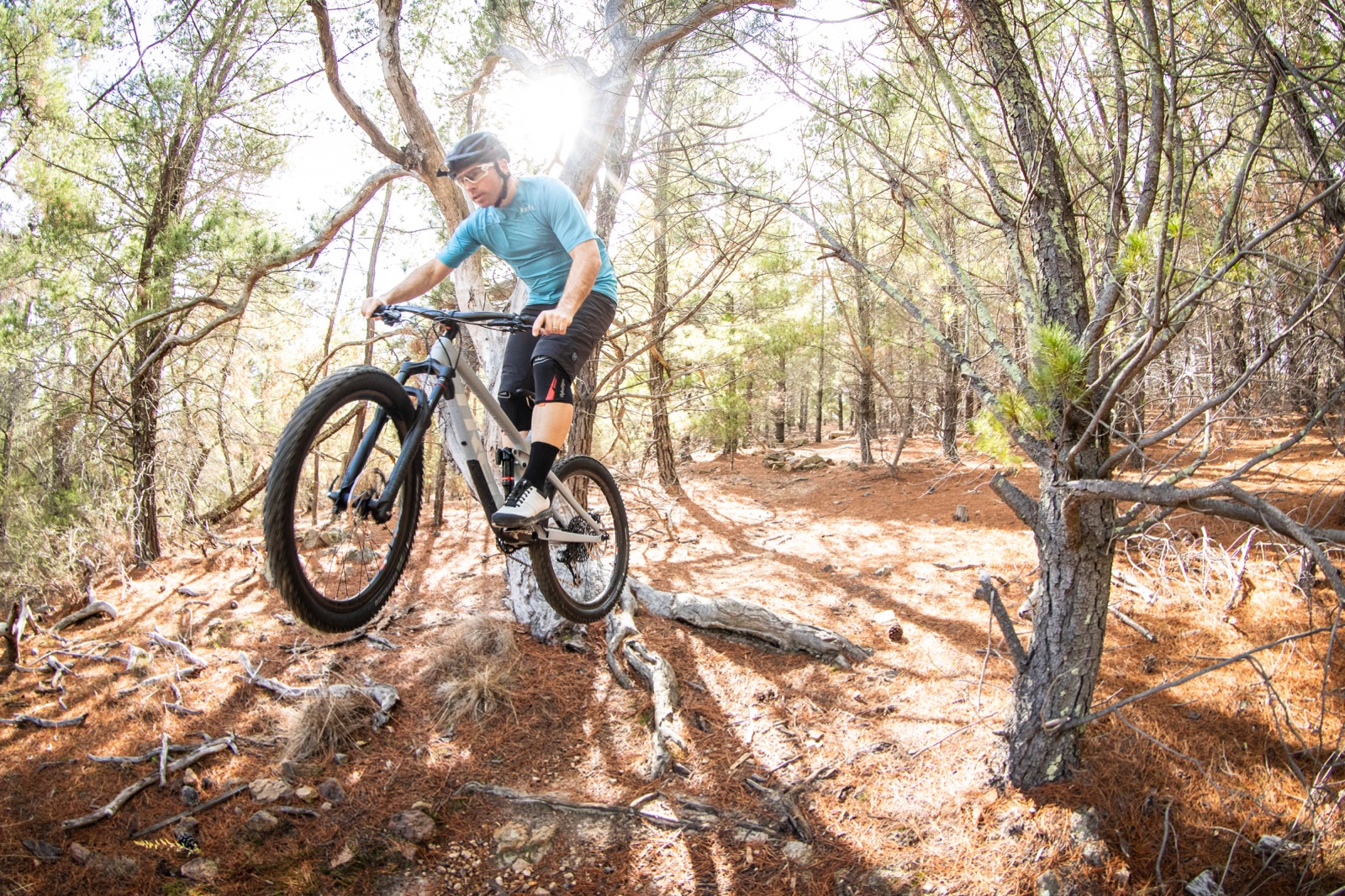
There was one issue with the SE4 tyres getting a puncture – now, in the olden days (before tyre plugs) this would have totally destroyed a brand new tyre with a 5mm hole in both the sidewall and top of the tyre. This puncture was actually testament to how had you can push the Remedy – this happened on some extremely rough and rocking terrain. Also of note was that there was no damage to the Carbon Line 30 rims when riding out the section of trail with this puncture.
Final Thoughts
Having had both a 27.5” and 29er Remedy of my own in the past it was so refreshing to see the new Remedy has been revisited with the changes made that I always wanted on the models I have owned in the past. Sure, on paper the changes are few, but when aligned together out on the trails they really do result in the spotlight hitting the Remedy and showing that it does now feel like a much more refined bike than ever before. The Remedy now sits firmly in line with the Slash as the weapon of choice for riders looking for a bike with 27.5” wheels that will help them push their limits and abilities on a mountain bike. You’ll certainly do so much more than just go downhill.
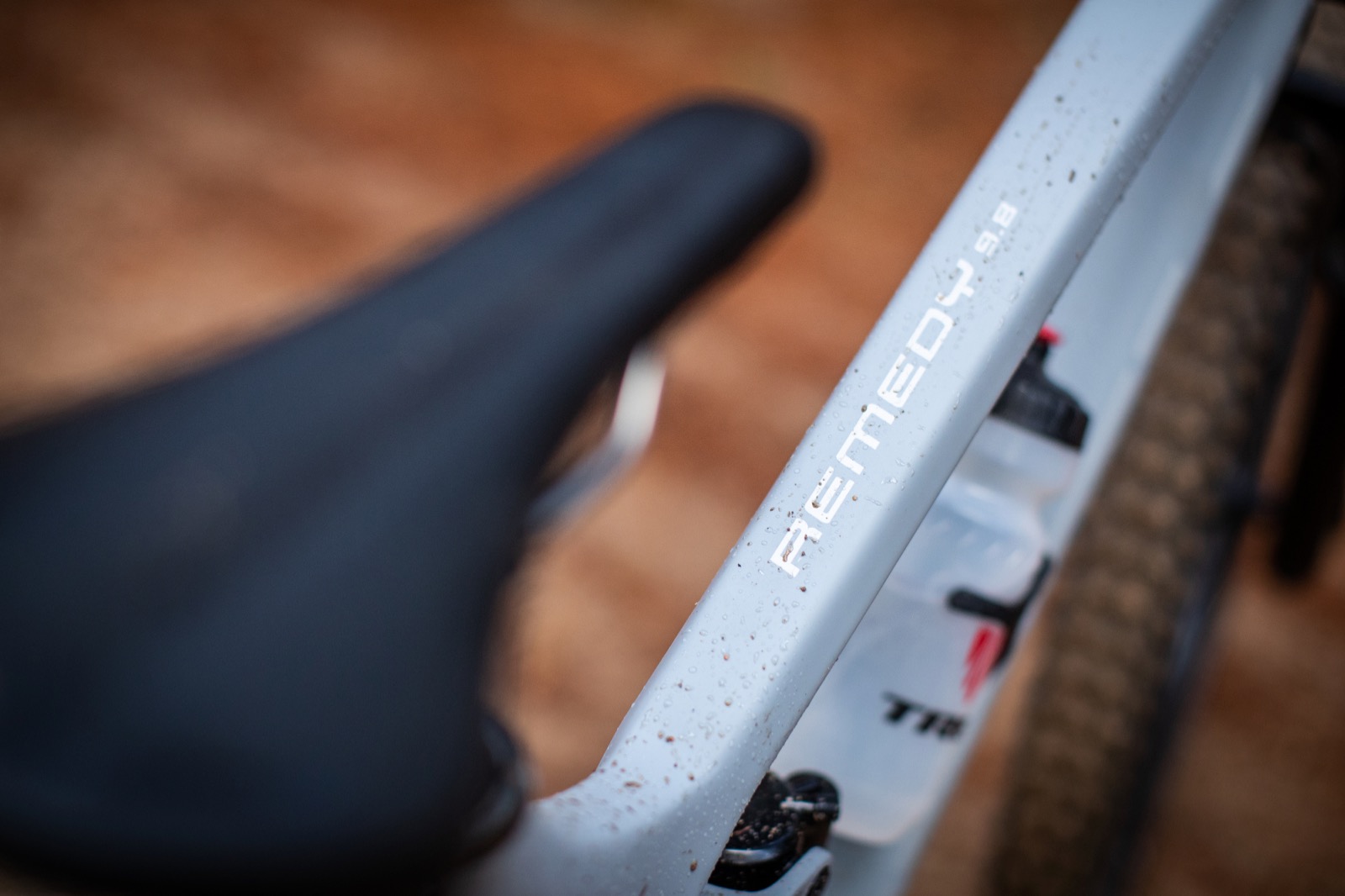
Brand: Trek
Model: Remedy 9.8
RRP: $6499.00
Weight: XX.Xkg (as tested)
From: trekbikes.com
Available Sizes: 15.5, 17.5,18.5, 19.5, 21
Frame Material: OCLV Mountain Carbon main frame and seatstay, alloy chainstay
Fork: RockShox Lyrik RCT3, DebonAir 160mm
Shock: RockShox Deluxe RT3, RE:aktiv w/ Thru Shaft 150mm
Shifters: SRAM GX Eagle 12sp
Derailleur: SRAM GX Eagle 12sp
Crank: Descendant 7k Eagle DUB with 32t ring
Bottom bracket: SRAM DUB BB92
Chain: SRAM GX Eagle
Cassette: SRAM XG-1275 Eagle, 10-50
Wheels: Bontrager Line Carbon 30 27.5”
Tyres: Bontrager SE4 Team Issue 2.6”
Brakes: SRAM Guide RS 180/160mm
Stem: Bontrager Line Pro, Knock Block, 35 mm
Handlebars: Bontrager Line Pro, OCLV Carbon 780mm
Seatpost: Bontrager Line 125mm drop
Saddle: Bontrager Arvada

